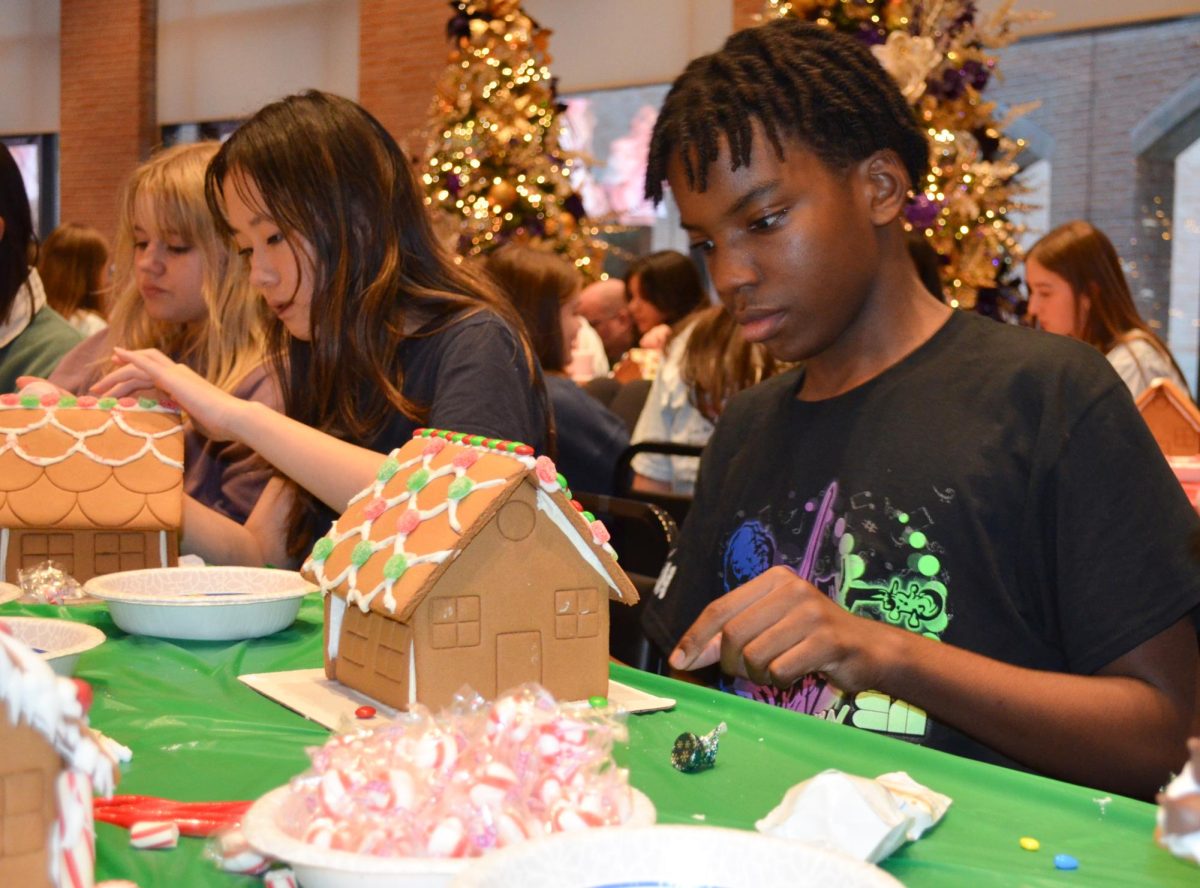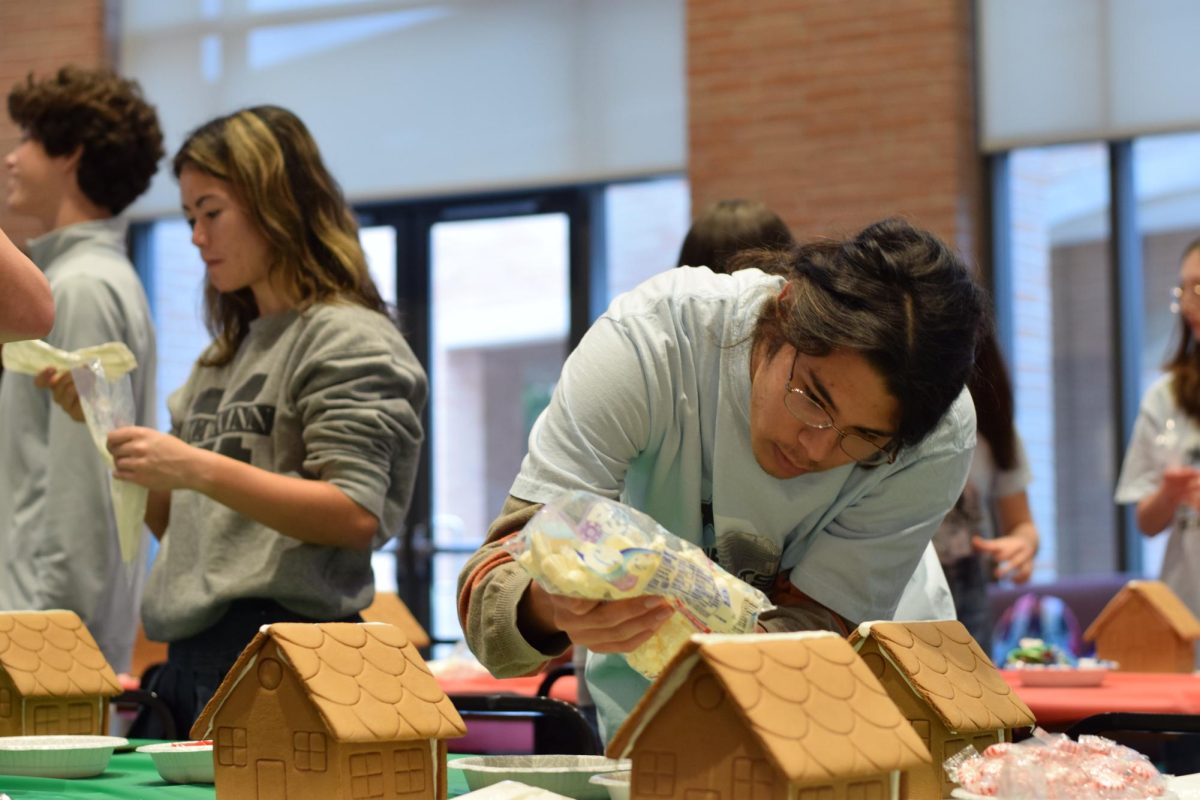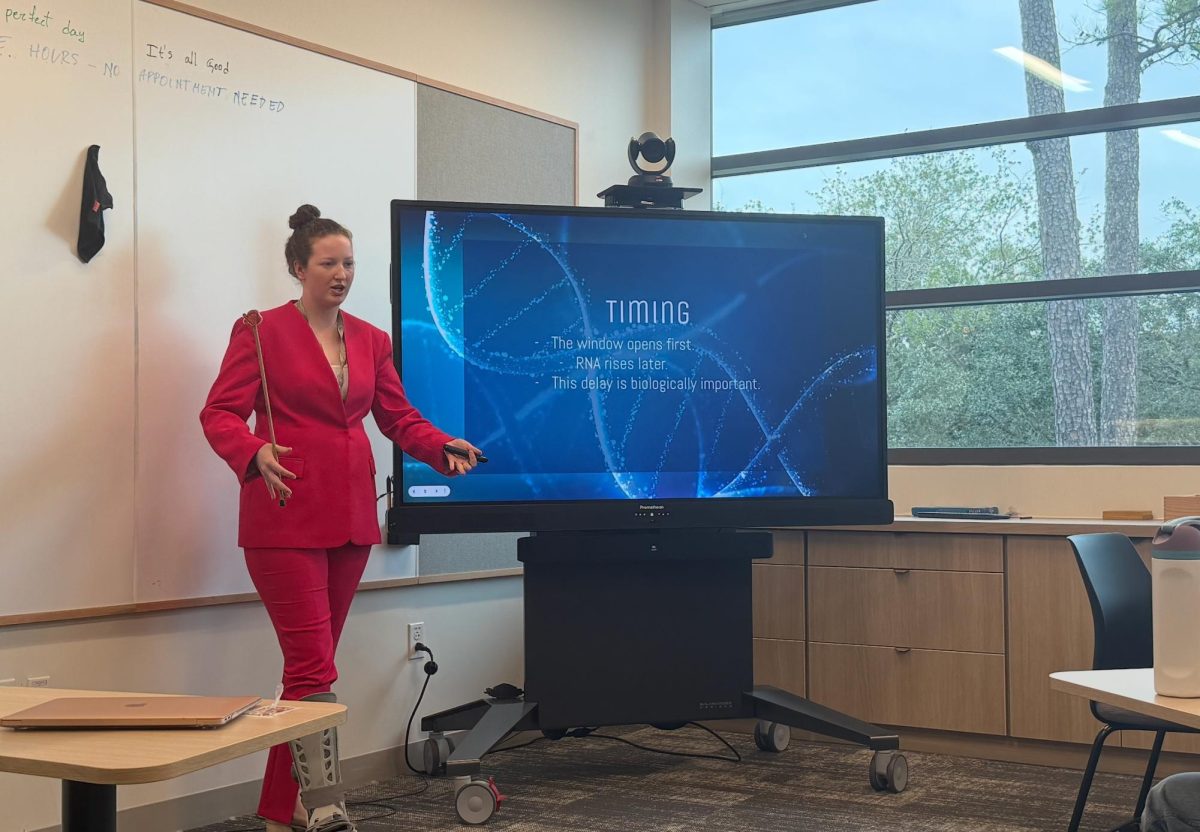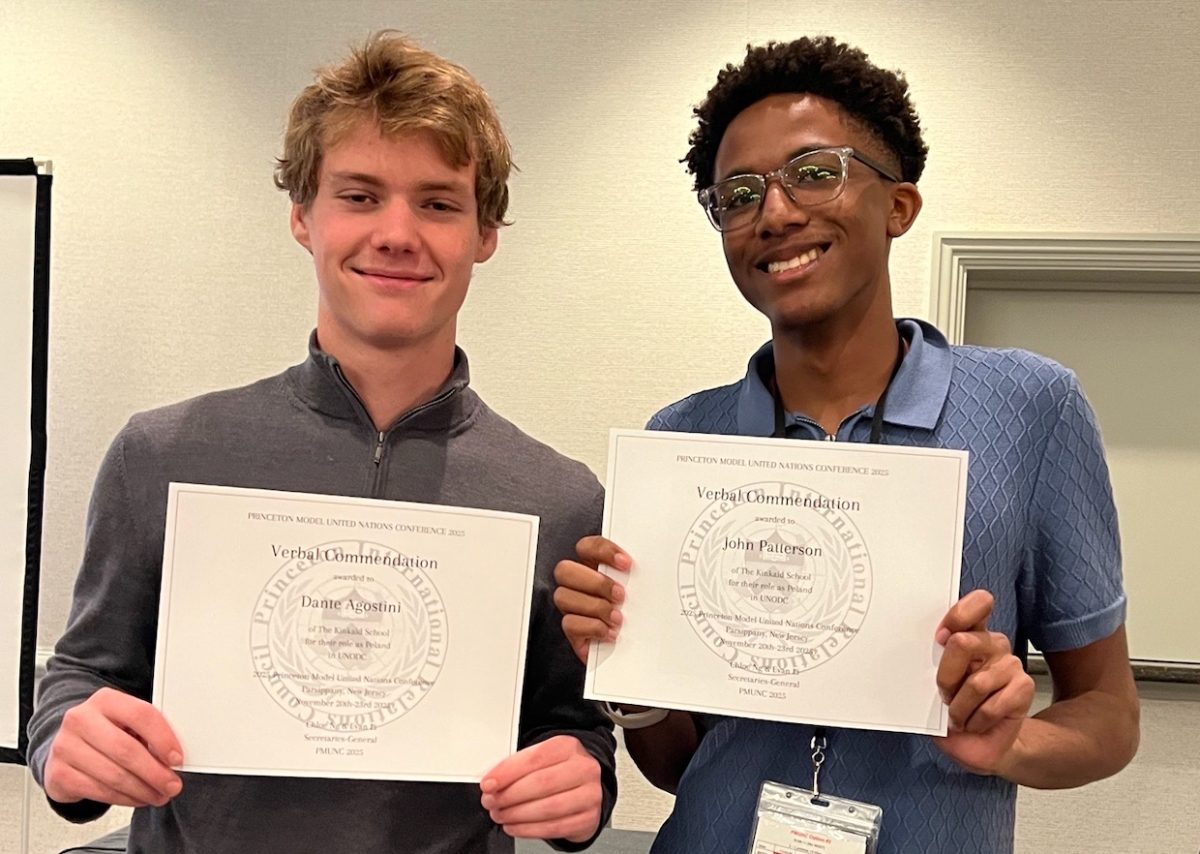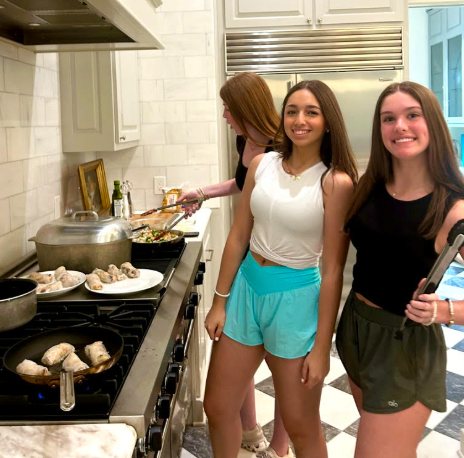The cars quivered on the startline as countdown ticks off: 3…2…1…BANG! They exploded forward, dodged, jumped and swerved in a shower of blue sparks through the topsy-turvy rainbow roads to virtual victory.
Kinkaid’s esports team made Mario Kart playoffs this year as one of the top 32 teams out of over 80 schools across Texas and Oklahoma.
Priyanka Nayar, co-captain of the esports team, said it was “exhilarating” to hear the news that they had made the playoffs.
“It was a really good feeling because our team has gotten a lot better this year, so we were hoping we’d make it,” Nayar said.
For the players, this achievement marks significant improvement from when the team started.
“The majority of us never touched either game until a little over a year and a half ago,” Julia Pryor, a member of the team, said. “After a season, though, we knew we had the potential to get better and improve.”
The team fell short of playoffs last year but returned with renewed focus and a clear goal: to make it to the playoffs. To do that, they knew things had to change.
“We started practicing a lot more,” Priyanka Nayar, co-captain of the esports team, said. “We reorganized. We came up with strategies against certain characters or for certain tracks.”
The team practiced twice a week during lunch with more competitive members putting in extra hours at home.
“Esport’s not easier than any other sport,” Pryor said. “The more time you put into it, the better you perform when game time comes. It requires dedication.
And just like any sport, extra practice required extra time. Time wasn’t always easy to spare at Kinkaid, which strives to push students to the highest levels of excellence in academics and extracurriculars.
“I think it’s navigating the idea of ‘Well, esports is something I take seriously but it is also something recreational,” Mr. Stephen Ayres, one of the three sponsors of the team, said.
Still, finding the right balance between schoolwork and esports wasn’t always easy, leading to several scheduling issues. Some players had to skip games to study for tests, leaving the team scrambling to figure out last-minute substitutes.
Despite the challenges, practices continued, and hard work and dedication paid off as they secured a spot in the playoffs.
“A lot of kids sink a ton of hours playing video games in an unstructured way, and they don’t get recognition for it,” Pryor said. “Our esports program takes advantage of that. My friends and I are going to play video games anyways, but the fact that we get to compete, demonstrate progress, and actually challenge ourselves is what’s really rewarding about competitive esports.”
But beyond making the playoffs, the players became closer as a team.
“The majority of us were originally in the same grade, and we had already kind of formed a group,” Pryor said. “But we’ve also included a number of new people, so it’s a mix of strengthening bonds that I already had and reaching out to new people.”
The team has planned to expand its outreach to more students across grades –and more games–in the coming years.
“As we get new students that are interested in esports, we can say, ‘Hey, these are two games, Mario Kart and Smash Bros, that they might play,” Mr. Ayres said. “But if a freshman comes in and says that they want to do a new League of Legends club, we can try to get a team together for it. I think I’d love to see more students get students to take a role of finding their passion and creating a spot for it.”



